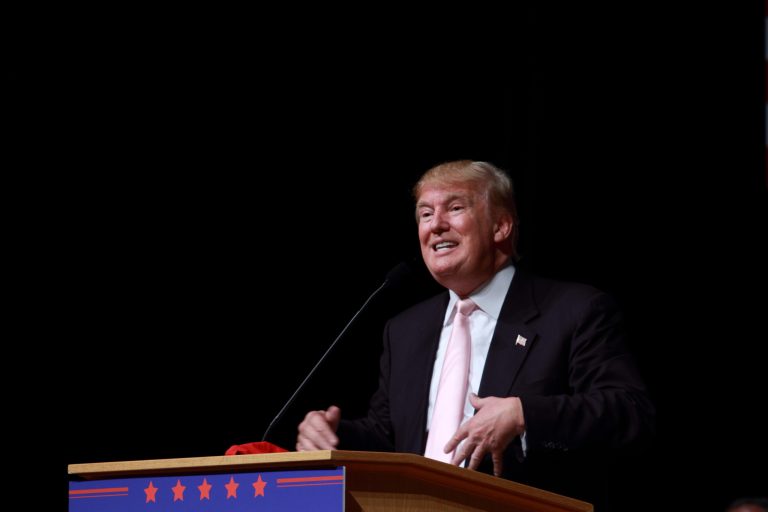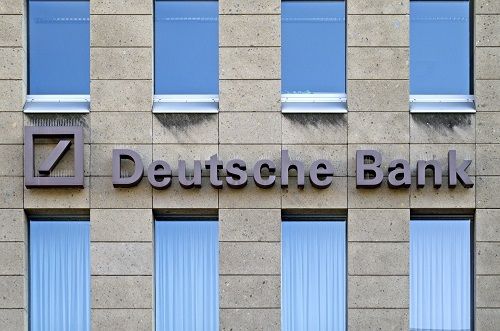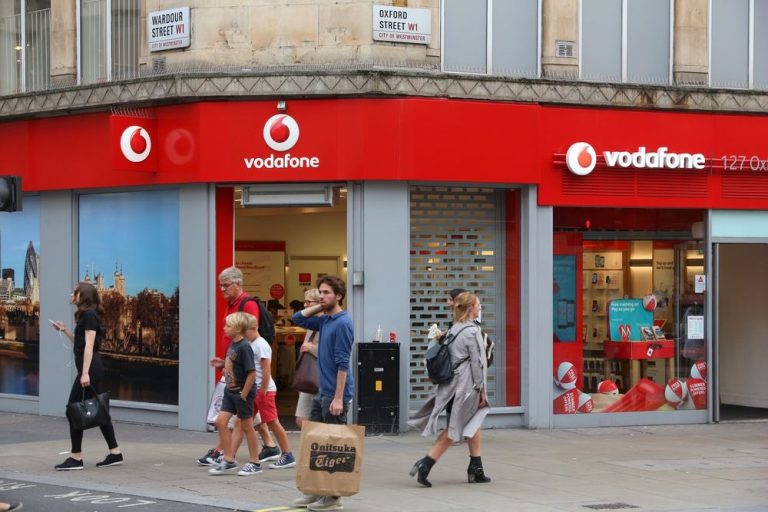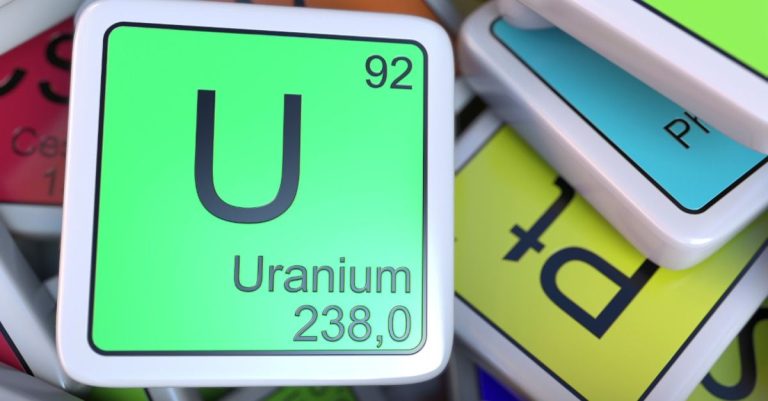The launch of World Liberty Financial (WLFI), a cryptocurrency endorsed by Donald Trump, has encountered significant challenges, raising only $11.8 million within its first 24 hours—far short of its ambitious $300 million fundraising goal at a $1.5 billion valuation.
Designed as a governance token, WLFI allows holders to vote on key decisions within the platform.
However, with just 9,050 unique wallet addresses created against an expected 100,000 whitelisted investors, the project faces substantial obstacles in the competitive digital asset landscape.
Why WLFI’s ambitious goals are failing to materialize
Marketed as a “crypto bank” that enables users to borrow, lend, and invest in digital currencies, WLFI’s co-founder, Zachary Folkman, previously expressed optimism about the project’s anticipated popularity and the number of whitelisted investors.
However, WLFI’s launch has not gone as planned. Data from Etherscan reveals a stark discrepancy between the number of whitelisted investors and those who have purchased tokens.
To date, only 9% of the projected investors have participated, leaving the project far from its $300 million target.
Technical setbacks hinder WLFI token sale
A significant part of the disappointing launch can be attributed to technical difficulties.
The exclusive marketplace for WLFI suffered repeated outages during its debut, displaying a “We are under maintenance” message to prospective investors.
These ongoing issues likely frustrated many potential buyers, who were unable to access the platform when needed.
Additionally, World Liberty Financial has not yet released an official white paper or a formal business plan, leaving many would-be investors unclear about the project’s long-term vision.
WLFI’s status as a Regulation D token offering poses another substantial challenge.
This regulation allows projects to raise capital without registering securities with the US Securities and Exchange Commission (SEC), but it comes with stringent requirements that limit the pool of potential investors.
Only accredited investors—those with a net worth exceeding $1 million—can participate, significantly narrowing WLFI’s market and potentially explaining the shortfall in expected investors.
Limited voting opportunities for WLFI token holders
Although WLFI is marketed as a governance token, there are currently no decisions for token holders to vote on, as the crypto bank associated with the digital coin is still in development.
The platform is awaiting approval from Aave, a leading crypto lending platform, and until this process is finalized, WLFI holders are left with little more than promises of future utility.
This uncertainty has made many investors hesitant, as the token’s value remains speculative without a functioning platform.
While Donald Trump’s endorsement has drawn attention to the project, the path to recovery remains unclear.
WLFI has faced criticism for its lack of transparency, with no white paper or comprehensive business plan available to the public.
Furthermore, fine print on World Liberty Financial’s website indicates that Trump and his family may receive significant tokens and fees from the project, raising concerns about potential conflicts of interest.
The post Trump-endorsed WLFI cryptocurrency launch stumbles, raising just $11.8M amid technical hurdles appeared first on Invezz










